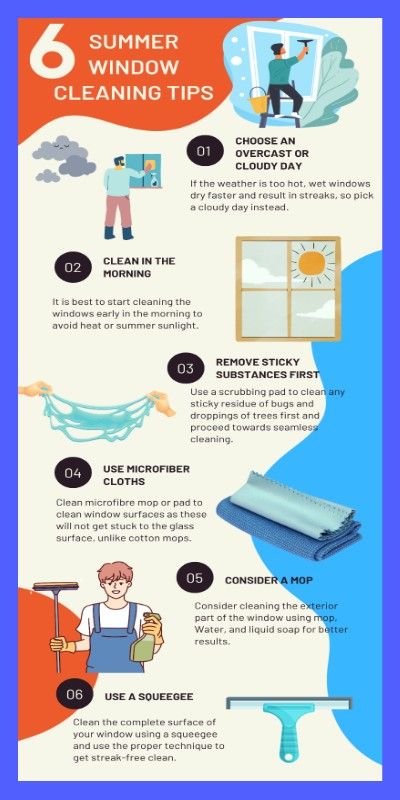When it comes to maintaining a professional appearance and ensuring a healthy, welcoming environment in your office or commercial space, window cleaning is often overlooked. Yet, clean windows are essential for creating a positive impression and enhancing the overall ambiance of a workplace. Here's what you need to know about window cleaning and why it should be an integral part of your maintenance routine.
Why Window Cleaning is Important
First Impressions: The appearance of your office building or commercial space sets the tone for clients, partners, and visitors. Streaky, dirty windows give off an impression of neglect, while sparkling clean windows reflect a sense of care, professionalism, and attention to detail.
Natural Light: Clean windows allow more natural light to enter your workspace. Natural light has been proven to improve employee mood, boost productivity, and create a more pleasant working environment. Over time, dirt, grime, and water stains can significantly reduce the amount of light coming in, making spaces look dull and less inviting.
Longevity of Windows: Dirt and debris can cause damage to windows over time. When left unattended, the buildup can etch into the glass, causing scratches and weakening the structural integrity of the windows. Regular professional cleaning helps to extend the life of your windows, reducing the need for costly replacements.
Health and Hygiene: Dirty windows can harbor allergens such as dust, pollen, and mold, which can negatively impact indoor air quality and contribute to health issues for employees and visitors. Regular cleaning helps keep the environment healthier.
Energy Efficiency: Clean windows improve the energy efficiency of a building by allowing sunlight to naturally warm spaces, reducing the reliance on artificial lighting and heating. This can lead to reduced energy costs over time.
The Benefits of Hiring Professional Window Cleaners
Expertise and Equipment: Professional window cleaners have the necessary expertise, training, and equipment to effectively clean windows, including those in hard-to-reach places. They use specialized cleaning solutions and tools that are more effective than common household products, ensuring a streak-free finish and removing even the most stubborn stains.
Safety: Window cleaning can be a hazardous task, particularly for buildings with multiple floors or difficult-to-access windows. Professional cleaners are trained in safety protocols and have the proper equipment, such as ladders, scaffolding, and harnesses, to ensure the job is done safely.
Time-Saving: Cleaning windows, especially in a large office or commercial building, can be time-consuming and disruptive. Professional cleaners can complete the job efficiently, minimizing disruption to your daily operations. Outsourcing this task allows your staff to focus on their core responsibilities.

Consistent Results: Regularly scheduled window cleaning services ensure that your windows are always in pristine condition. Professionals can spot potential issues, such as window damage or leaks, early on, helping you address them before they become major problems.
Customized Services: Most professional window cleaning companies offer flexible, customized cleaning schedules based on your specific needs. Whether you need monthly, quarterly, or seasonal cleanings, services can be tailored to fit the size and complexity of your building.
How Often Should Windows Be Cleaned?
The frequency of window cleaning depends on several factors, including your location, the type of business, and the environmental conditions around your building. For example, businesses in urban areas with high levels of pollution or construction might need more frequent cleanings. Similarly, buildings near the coast or in areas prone to dust storms may accumulate debris faster.
In general:
Commercial Offices: Every 1-2 months.
Retail Spaces: Monthly or more frequently, depending on foot traffic.
Healthcare Facilities: Monthly or as needed to meet health and safety regulations.
Industrial Sites: Quarterly or as required by environmental conditions.











